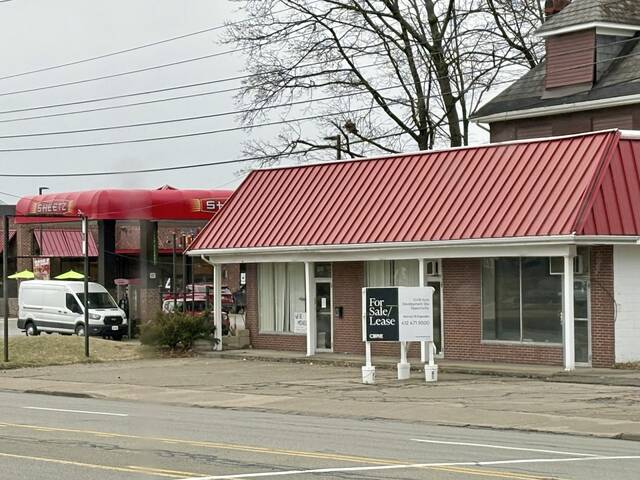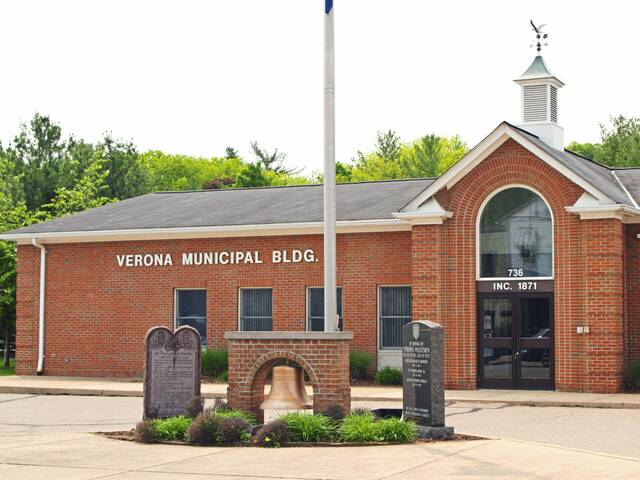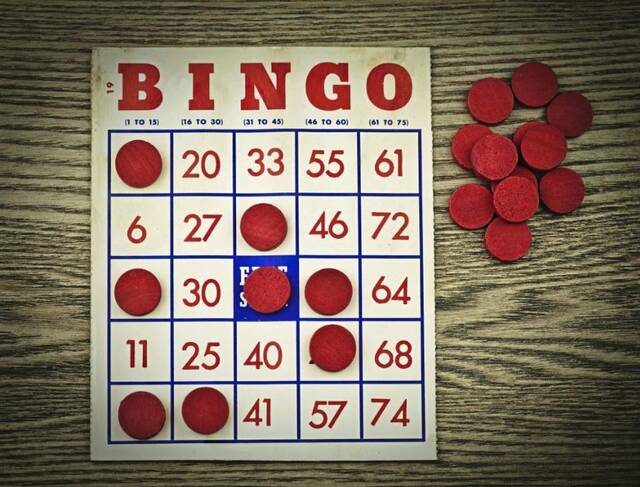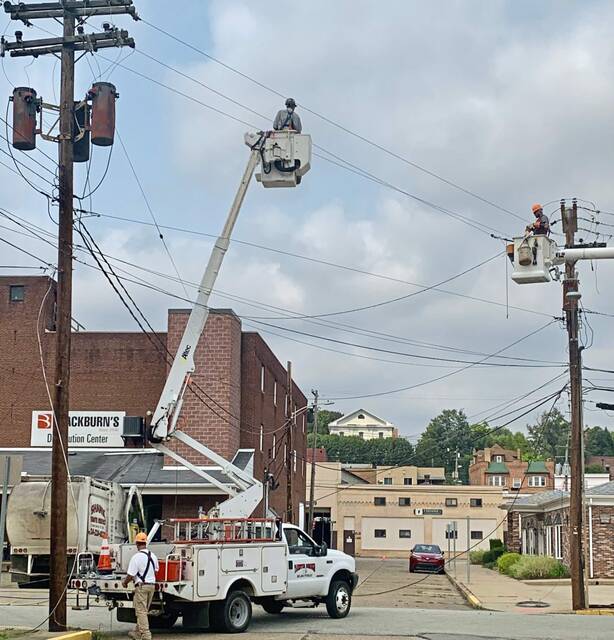Community college enrollment booms when the economy busts.
That was an accepted fact, proven time and again during the cycles that characterize the U.S. economy. But the covid-19 pandemic, which sent the world into a series of lockdowns, shattered that pattern.
Although the region’s community colleges were expecting an enrollment surge last fall, they saw just the opposite, as did community colleges across the country.
While enrollment in postgraduate degree programs inched up sufficiently to offset undergraduate enrollment declines at many of the region’s four-year institutions, enrollment at community colleges, the two-year public institutions that are a gateway to higher education for hundreds of thousands of Americans, declined.
The National Student Clearing House reported that enrollment was off by 10.1% last fall at the nation’s community colleges, compared to fall of 2019. The Pennsylvania Commission for Community Colleges said overall community college enrollment was down 13.4% in spring of 2021 compared to a year earlier.
Officials at community colleges in Allegheny, Butler and Westmoreland counties said the trend continued this spring. Enrollment at the Community College of Allegheny County, or CCAC, was off 13.5% compared to spring 2020; the Community College of Butler County, commonly known as BC3, saw an enrollment dip of 13.12%, while in Westmoreland it was down 11.5%.
“It was unexpected. It was not what we thought we’d see given prior data,” said Sydney Beeler, vice president for enrollment management at WCCC.
Many believed community colleges would thrive this fall as some looked to them as an alternative to a four-year residential institution during the pandemic. But those numbers were not sufficient to offset the loss from students who simply put off college.
One year later, officials are chalking those decisions up to several factors.
Community colleges tend to draw first-generation college students from low- and middle-income families, many of whom took severe economic blows with the pandemic shutdowns. For some students, that meant joining the workforce to contribute to household needs. For some older students juggling family and work obligations, the additional need to homeschool children became a deciding factor in putting off college. And then there were instances where students were hesitant to enroll in the midst of a threat to public health.
“The reasons that make sense to me are a combination of those things,” said G. Case Willoughby, vice president for student affairs and enrollment management at BC3. “The pandemic has been scary. And for some of the 2020 high school graduating class it made them even less likely to go to college than in a typical year.”
Forced into online learning throughout the spring 2020 semester, community colleges learned a few things along the way. Not only instructors, but tutors, counselors and financial aid officers had to meet with students online, rather than in person.
Beeler said officials soon learned some students preferred that option as opposed to making a long drive to campus.
At CCAC, likewise, officials expanded their virtual student support services as they switched to online options.
“Throughout the pandemic, CCAC’s focus has been on helping our students stay on track with their educational and career goals while keeping our entire college community safe,” said Elizabeth Johnston, CCAC executive director of public relations and marketing. “And in August of last year, we launched CCAC’s Virtual Campus to provide more opportunities for students to interact with fellow students and instructors in a more inclusive educational space through myriad remote student activities, livestreams and interactive group social experiences and connections.”
Although the community colleges have gradually opened more in-person options and are planning to return to something close to normal this fall, they are anticipating some changes.
Officials said remote and online options, which some students came to prefer, aren’t likely togo by the wayside as classrooms reopen.
Johnston said CCAC is expanding its evening and weekend class offerings and will continue to offer online classes as in-person options increase. Although total enrollment declined during the spring semester, online enrollment was up 9.1%, suggesting there is a segment of students who prefer virtual learning.
Moreover, early indicators suggest students who may have put off school due to health fears are gaining confidence as vaccination rates increase. Registrations at CCAC for summer are up 22.85% over this time last year.
Willoughby said officials at BC3 have learned that while some students do not thrive in the virtual world and prefer face-to-face instruction, others who are juggling family and work obligations flock to online options.
Back at Westmoreland, Beeler said the school is looking not only to students working toward degrees and certificates, but also the broader community that traditionally has looked to community colleges for continuing education and enrichment opportunities.
“We’ve learned we have to be nimble and reframe the experience to meet students and the community where they live in order for us to move forward,” Beeler said.
That means paying attention to the needs of children who were forced out of classrooms last year as well as an increasingly graying demographic and realizing that many are looking for an excuse to get out and expand their horizons.
“This summer we’ll be offering opportunities for K-12 students focusing on inspiring activities that allow them to engage with one another and strengthen them academically. And we’ll be offering some inter-generational classes where grandparents and grandchildren can do things like learn to make pierogies together. And we’ll be offering classes where people can explore issues of equity and inclusion,” Beeler said.











